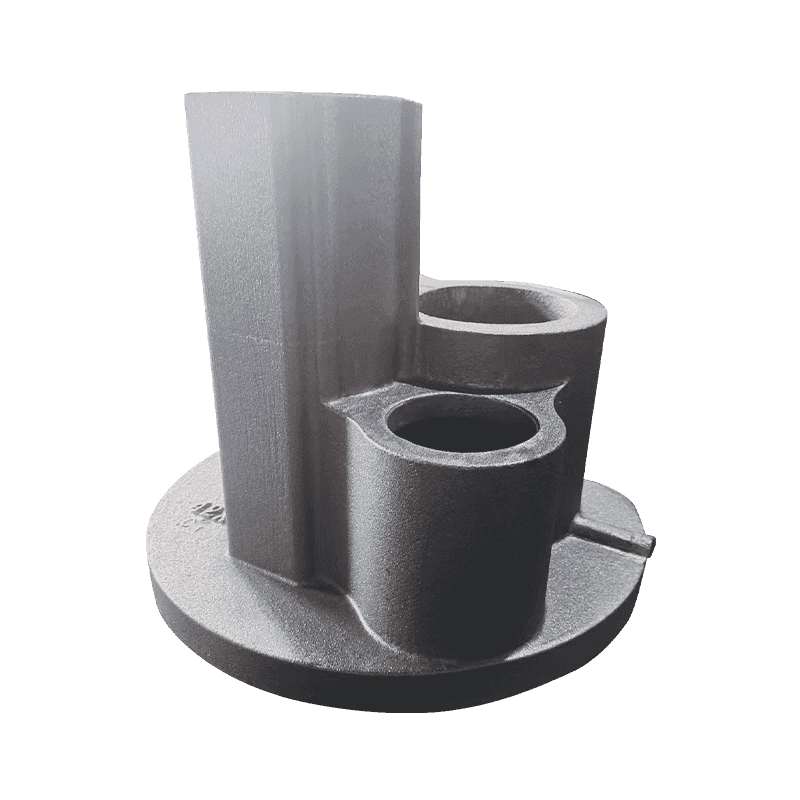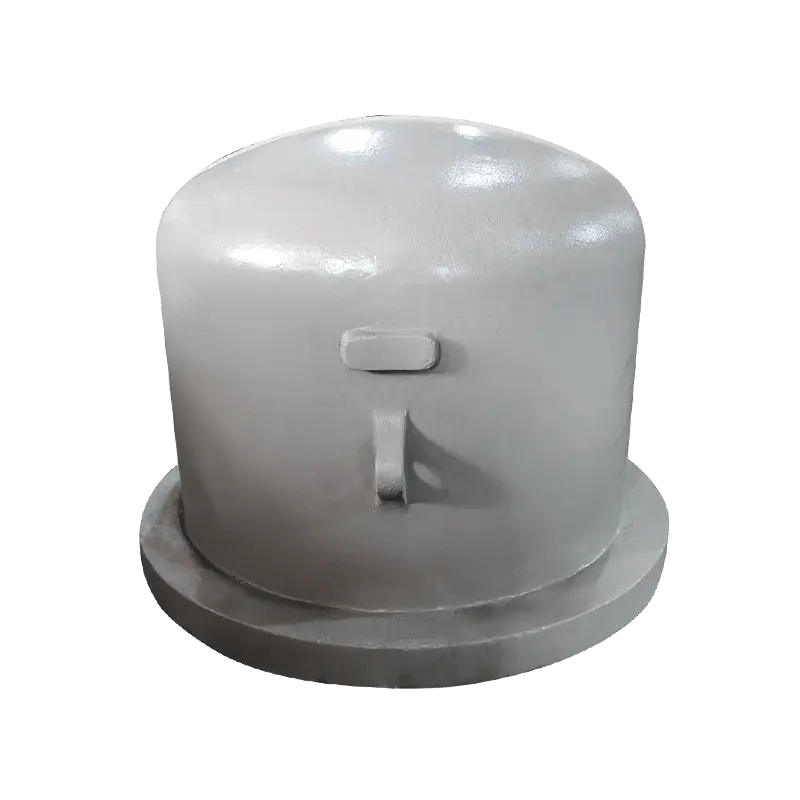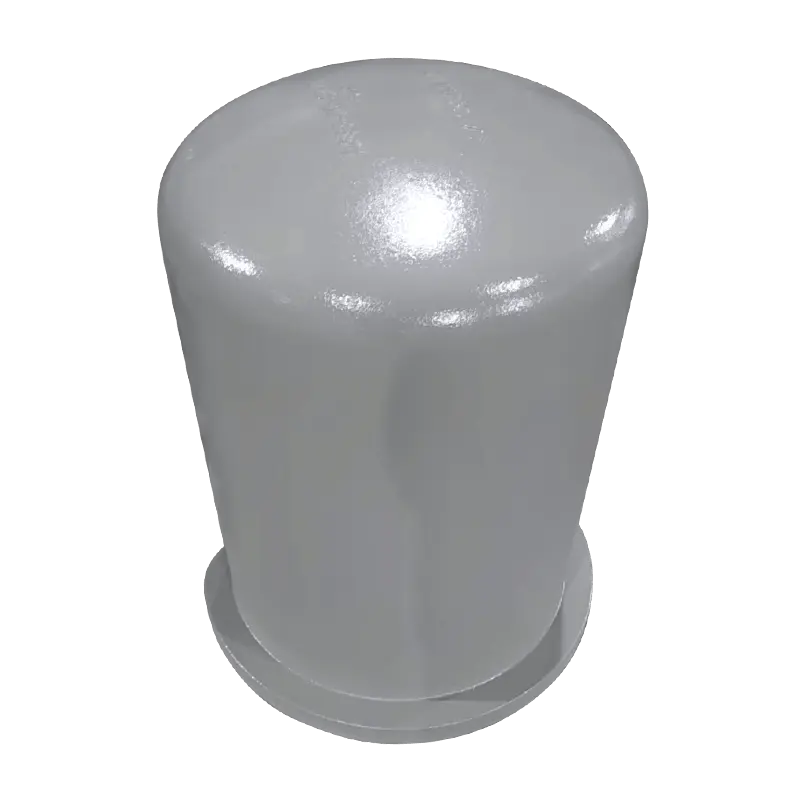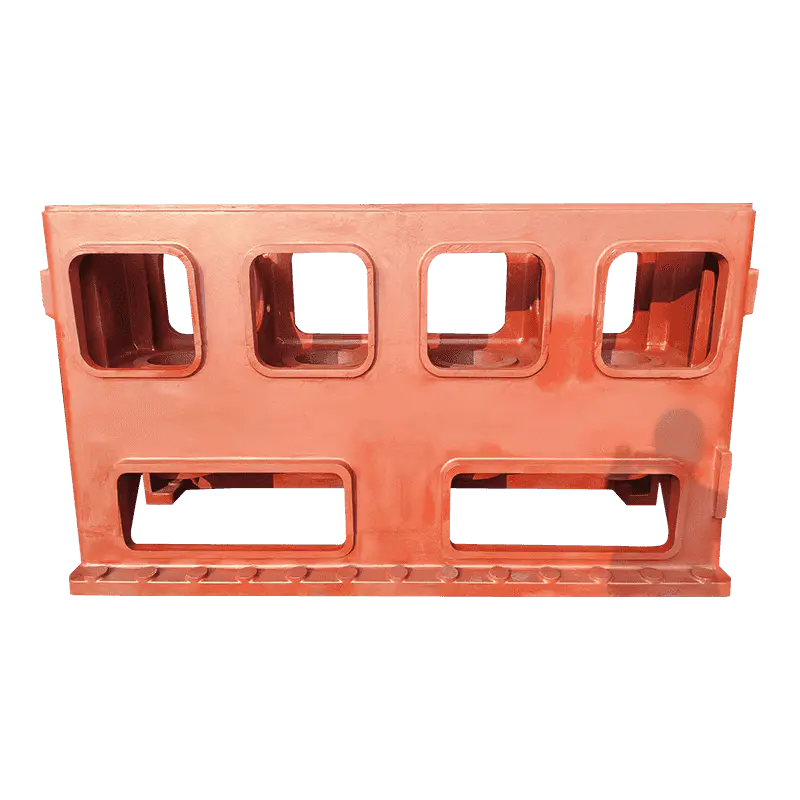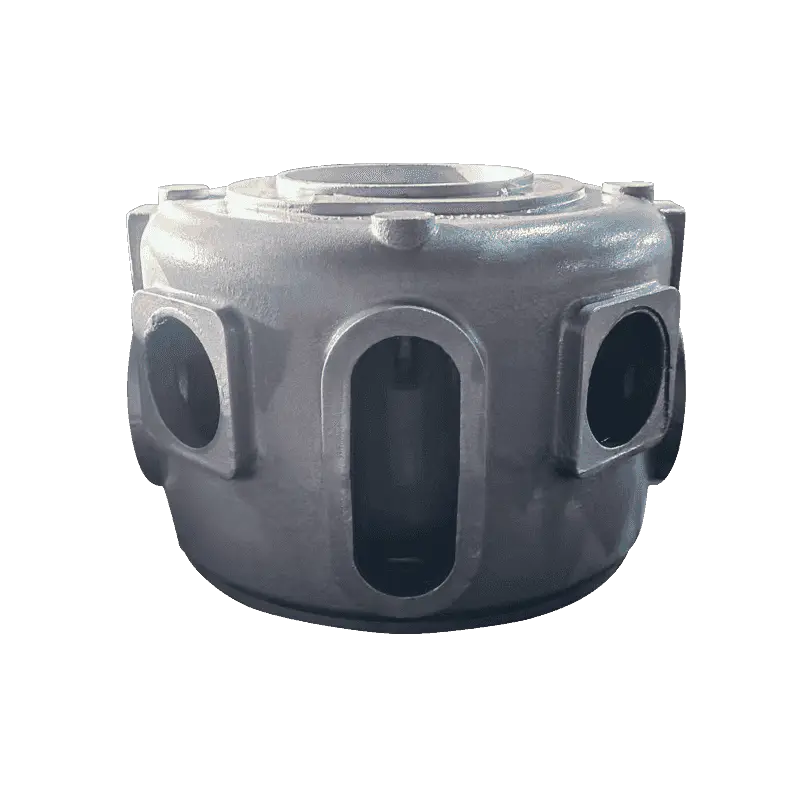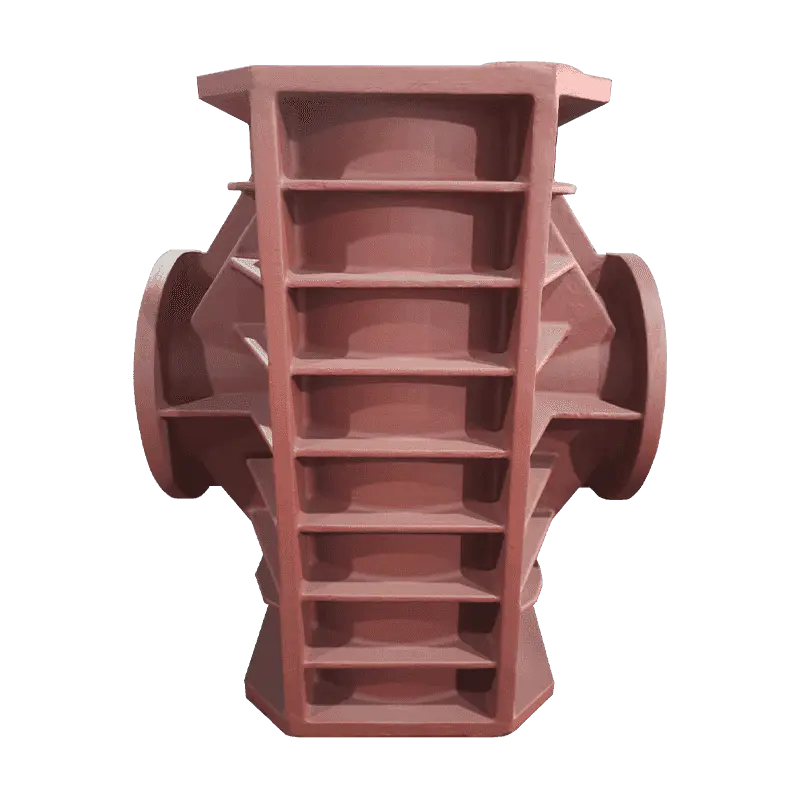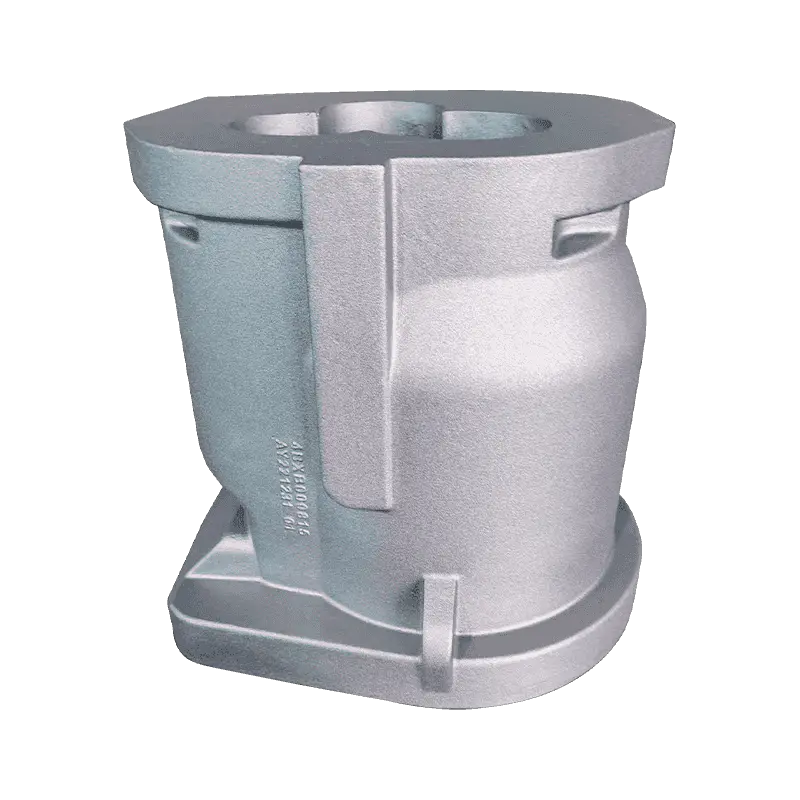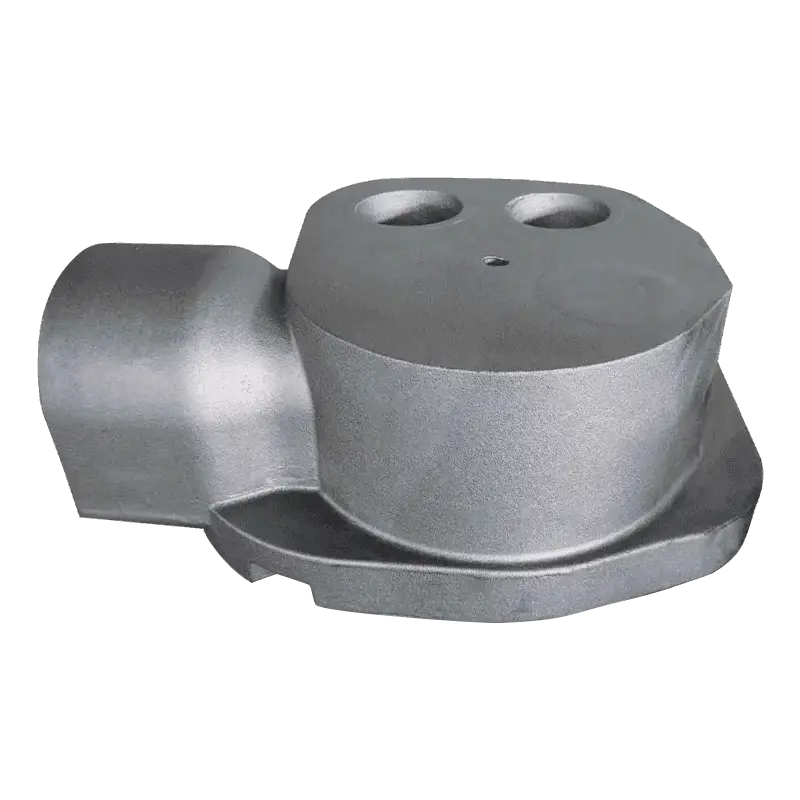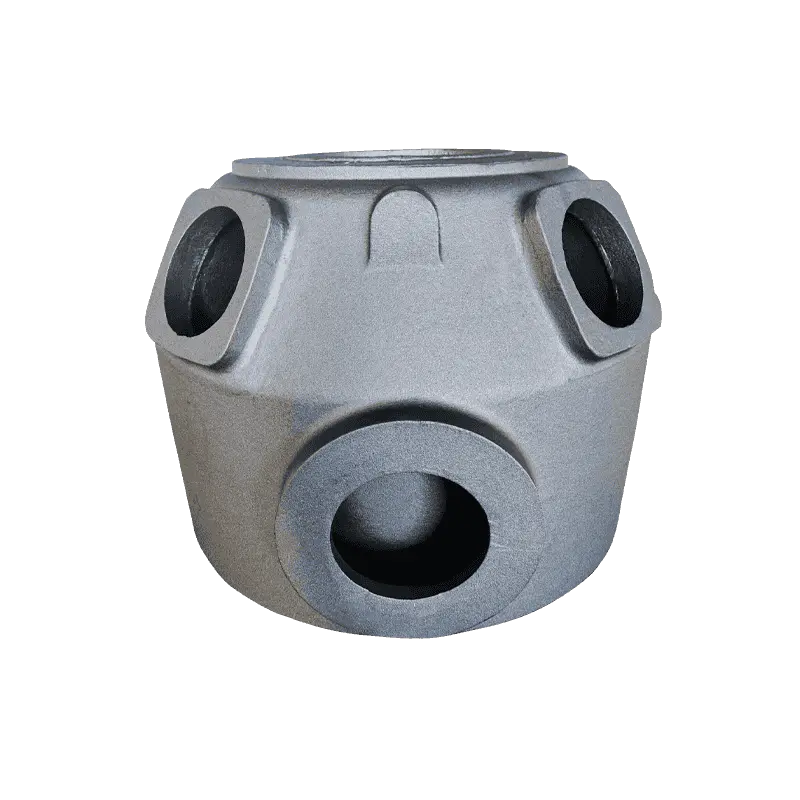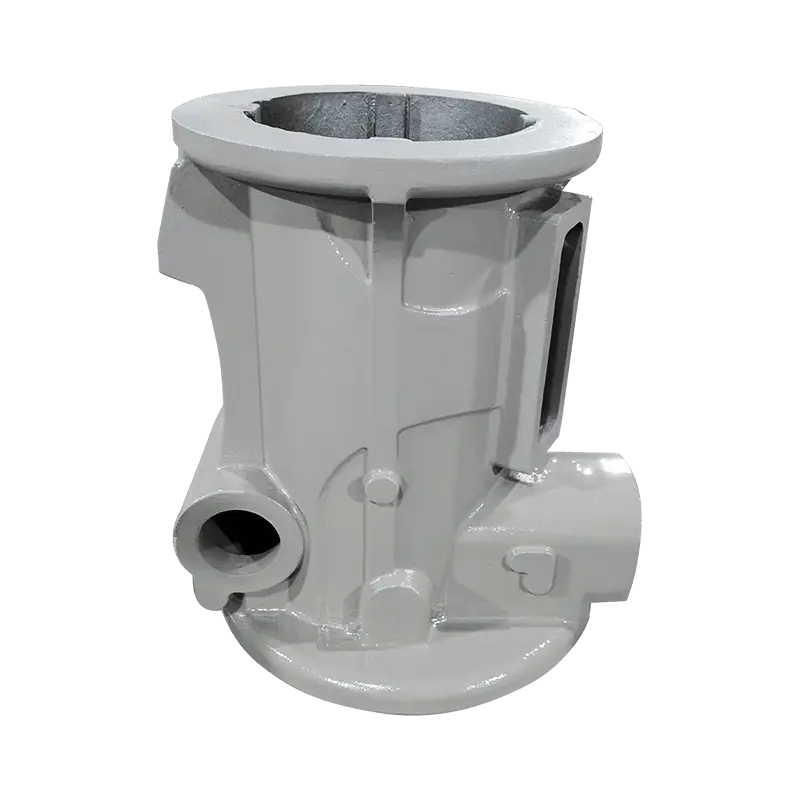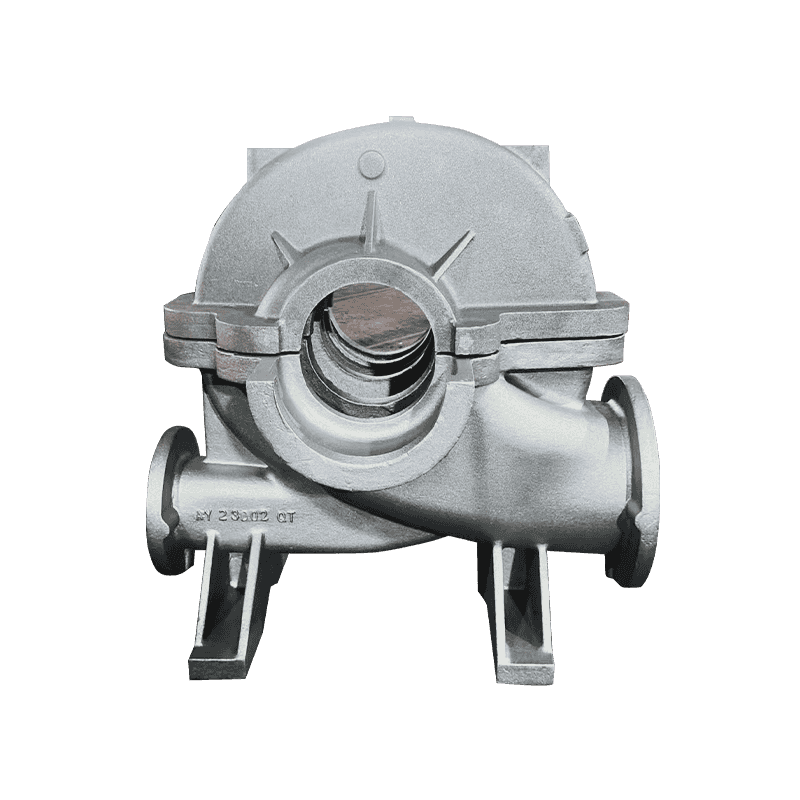One of the foundational strategies for optimizing the design of gray iron casting to reduce weight while maintaining strength is the careful selection of material composition. Gray iron has inherently good castability and vibration-damping properties, but its mechanical properties, such as tensile strength and hardness, can be enhanced through alloying. The inclusion of elements like silicon, nickel, and copper can significantly improve the material's strength and wear resistance without necessitating an increase in the amount of material used. For instance, higher silicon content can improve castability, while nickel can enhance toughness and resistance to wear. Choosing the correct alloy composition allows engineers to achieve the desired mechanical properties while minimizing the material used, contributing to weight reduction.
Thin-walled design is a powerful method for reducing weight in gray iron castings. By carefully engineering the thickness of the walls, engineers can reduce the overall mass of the casting without compromising its strength. A thin-walled design requires precise control over the casting process to ensure that the part does not develop defects such as porosity, cracking, or warping. Techniques such as adjusting pouring temperature, cooling rate, and mold design can facilitate the creation of thinner walls that maintain the necessary structural integrity. Achieving a thinner wall can also help reduce the overall weight of the casting, which is particularly advantageous in industries such as automotive or machinery, where weight optimization is crucial for performance and fuel efficiency.
To enhance the strength of gray iron castings without adding excessive weight, the incorporation of ribbing and internal reinforcement structures is an effective design strategy. Ribbing increases the stiffness of the part by redistributing stress more efficiently and preventing deformation, all while minimizing the amount of material used. This design allows for weight savings in non-load-bearing areas while maintaining overall structural integrity. Ribbed designs also improve the castability of complex shapes by enhancing fluid flow within the mold and reducing the likelihood of defects. Using internal reinforcements can enhance the mechanical performance of the casting without adding to the weight, as they provide strength in critical areas without unnecessary material waste.
Weight optimization in gray iron casting is often achieved through careful geometric design. In addition to reducing wall thickness, engineers can eliminate unnecessary material by optimizing the overall shape of the casting. This involves removing material from areas of low stress and reinforcing high-stress areas. For example, using geometries such as I-beams or hollow sections provides high strength with minimal material usage. Tools such as finite element analysis (FEA) software are commonly used in the design phase to simulate how the material will respond to various loading conditions, allowing for a more precise understanding of the stress distribution within the part. With this data, designers can create parts that are lighter yet still perform well under operational loads.
By utilizing precision casting techniques, manufacturers can achieve more intricate and refined designs, which in turn reduces the need for post-casting machining and excess material. Precision casting methods, such as investment casting or shell molding, allow for complex geometries to be created with greater accuracy. This enables the part to be manufactured with minimal material waste while maintaining high strength and durability. Tight tolerances in the casting process ensure that parts fit together seamlessly, reducing the need for additional material in the manufacturing process and avoiding unnecessary weight addition. Achieving precise tolerances also contributes to the overall quality of the casting and reduces the time and cost involved in post-production machining.

